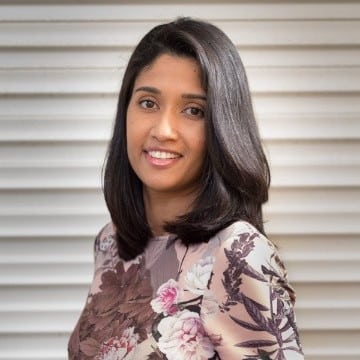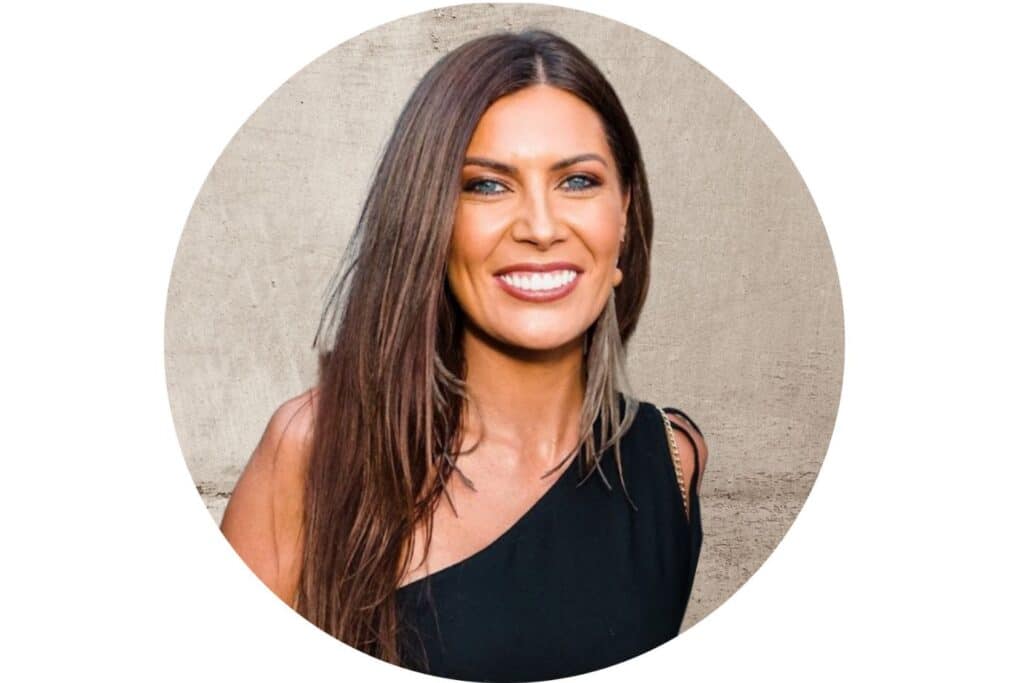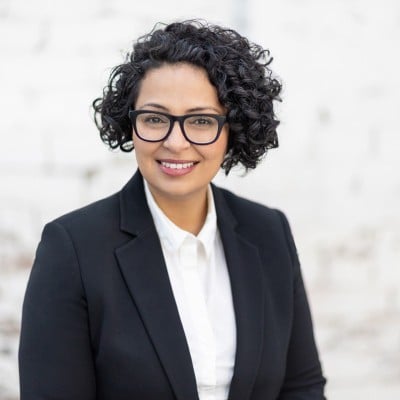Close to 6 in 10 women in Australia do not feel represented at International Women’s Day (IWD) events, panels or in the media, according to new findings.
In its second year, the More Voices, More Representation campaign, in partnership with SSI, surveyed 202 women, trans, gender-diverse and non-binary people ahead of this year’s IWD on March 8th.
Launched today, the survey data brings to light the shortcomings of Australia’s month-long IWD celebrations as much of the country’s diverse population of women feel excluded.
Out of the 202 respondents (of which 2 per cent identified as Aboriginal or Torres Strait Islander), 100 per cent of of Aboriginal and Torres Strait Islander women, 83 per cent of women of colour, 83 per cent of black women, 68 per cent of CALD women and 67 per cent of immigrant and refugee women, close to 8 in 10 respondents with a disability, 51 per cent of people over age 55 and 71 per cent of people from the LGBTQIA+ community reported that they have felt excluded from IWD celebrations in Australia.
The More Voices, More Representation campaign is the result of a coalition of 28 Australian advocates and organisations joining forces to help create an International Women’s Day that has greater intersectional representation.
Part of this coalition, Caroline La Rose, Senior PR Director at Vu Consulting, said this year’s survey results have again shown that Australia has a long way to go when it comes to including women with intersecting identities in IWD.
“Sixty per cent of the respondents who witnessed an increase in the representation of their intersecting identity across media, events, and speakers over the past 12 months reported it had a positive impact on them and their community,” La Rose said, adding that “the benefits of representation are innumerable for society as a whole.”

Australia is becoming increasingly diverse with 3 in 10 Australians (27.6 per cent) born overseas. The number of people who speak a language other than English at home has also increased by nearly 800,000, rising to over 5.5 million people, according to the 2021 Census.
The three largest groups of respondents to the More Voices, More Representation survey identified as CALD women (46 per cent), women of colour (32 per cent) and migrant women (31 per cent).
Why do women feel excluded from IWD?
When asked their top reasons for feeling excluded from IWD, 52 per cent of respondents said that the women speaking at previous IWD events appeared to be from economically privileged backgrounds, with 45 per cent noting that these women didn’t look or sound like them.
Twenty-nine per cent of respondents said they could not relate to the issues or the achievements the women were discussing at IWD, and that the women speaking at IWD events don’t think or communicate like them.
“When we include intersectional voices on IWD, we move beyond a one-size-fits-all approach to gender equality and acknowledge the diversity of women’s experiences,” says Tara Croker, proud Wiradjuri yinaa (woman) and Founder of Yaala Sparkling. “This is important for creating a world where all women have the opportunity to thrive.”

When asked if there has been more representation of their intersecting identity across media, events, and speakers over the past 12 months, 34 per cent said yes, 28 per cent said no, and 38 per cent said about the same.
Of those who said yes, 60 per cent said the increased representation has had a positive impact on them and their community, while only 1 per cent said it’s had a negative impact. And 38 per cent said it had not changed anything.
What needs to change?
When asked how Australia can make IWD more inclusive, 19 per cent of respondents said corporate and political organisations need to lead by example and show greater representation in their leadership teams.
“Every voice deserves a seat at the table (or to build their own), and the people who hold those privileged seats also need to use their power to amplify more marginalized survivors, because survivors’ experiences are not homogenous,” said Amanda Morgan, a survivor advocate and partner of the campaign.
Respondents also suggest that IWD events should empower participation on panels and at events by paying Indigenous, Black, women of colour and non-binary folk for their labour, time and expertise.
“As women of colour, our lived experiences and expertise are rarely highlighted and celebrated, particularly on important occasions such as IWD which has since its inception focused on white women’s experiences of gender and has disappeared or flatted the experiences of women of colour,” said Sarah Ibrahim, Founding Director of the Racial Justice Centre and Central Lawyers.

Having more diverse representation of women at events, panels or in the media was the solution for 18 per cent of respondents to make IWD more inclusive.
And 17 per cent said we need to bring together women with lived experience to shed light on the issues that women face, especially women with intersectional identities.

“The experiences and perspectives of First Nations women, Women of Colour, LGBTQIA+ women, women with disabilities, and women from other marginalised communities are crucial to understanding and addressing the complex challenges that women face, said Brenda Gaddi, Founder & Managing Director, Women of Colour Australia (WoCA).
“Celebrating intersectionality is a powerful way to honour the strength, resilience, and diversity of all women.”


